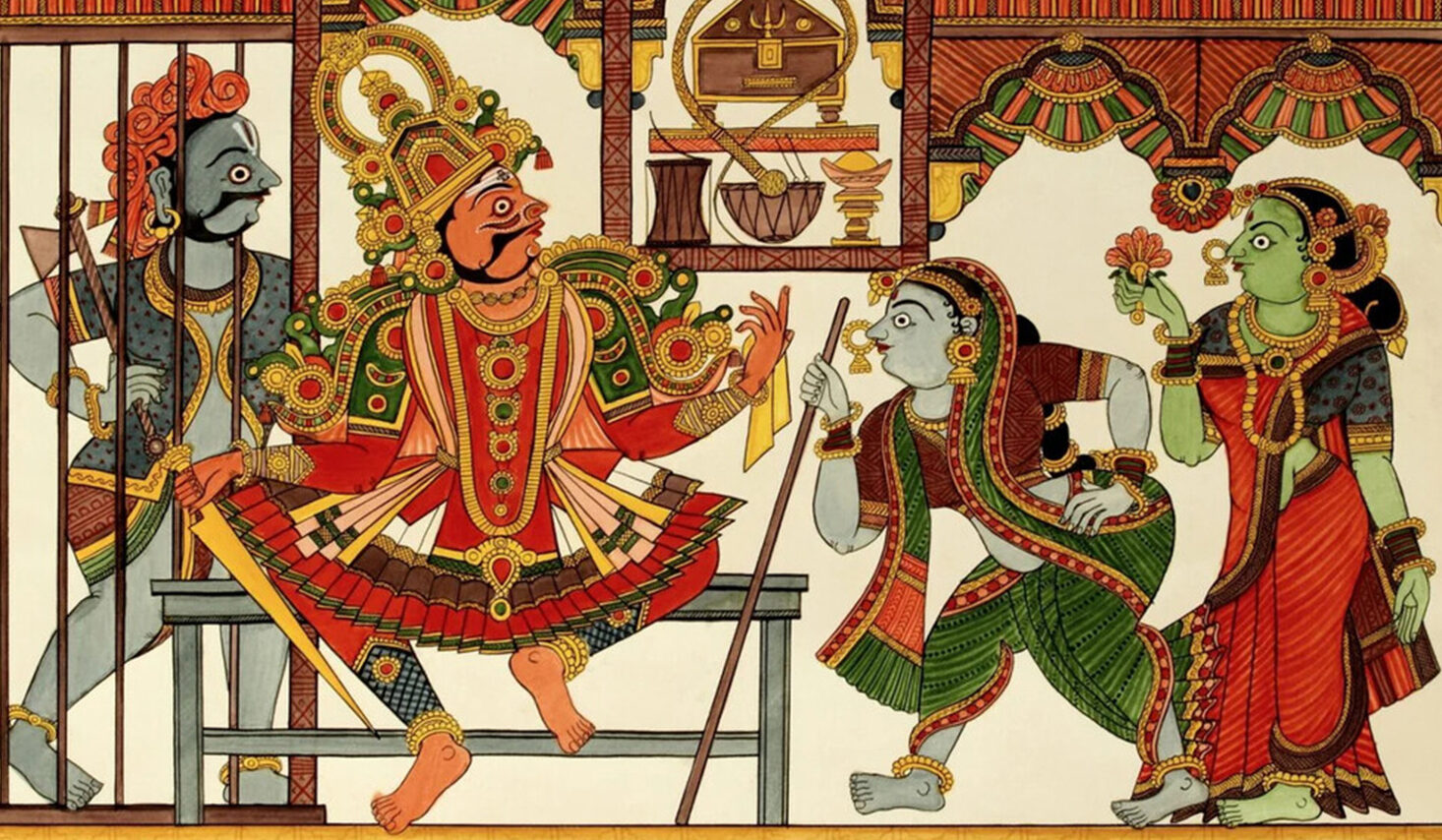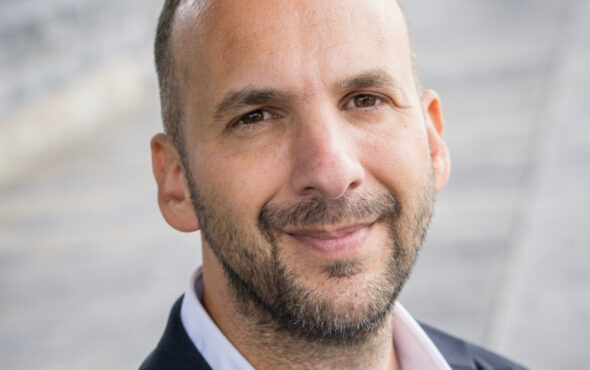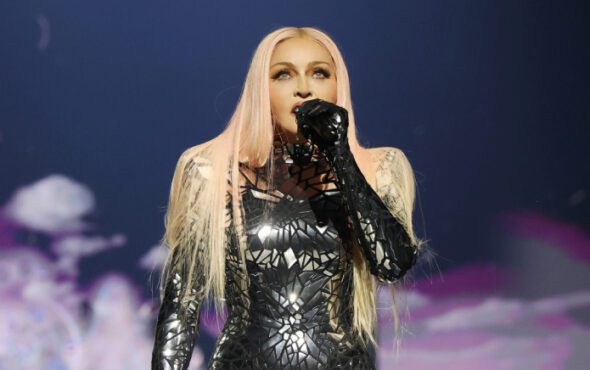
I never heard the word “Hijra” in school. No teacher ever mentioned that South Asia has legally recognised trans and non-binary identities for centuries. Instead, I learned about gender as a rigid binary, an unyielding structure where deviation meant exclusion, shame, or silence. But my own history has always told a different story.
As a child growing up in Mumbai, my first and only exposure to trans identities came in the form of crossdressers begging on the roadsides. The word “Hijra” was never spoken in my classrooms, never written in my textbooks. This was no accident. It was an erasure, a consequence of colonial imposition, that reshaped South Asia’s understanding of gender and identity.
The Hijra community is South Asia’s third gender, legally recognised in India, Pakistan, Bangladesh and Nepal. But their history stretches far beyond modern legal frameworks. For centuries, Hijras have been an integral part of South Asian society and history, revered as spiritual figures, entrusted as royal advisors and respected as community leaders. They are not just crossdressers or trans women, they encompass a whole range of diverse gender identities, with a strong core of community.
During the Mughal Empire, Hijras held powerful positions within royal courts. They were custodians of harems, trusted confidants to rulers, and key players in politics and governance. Far from being marginalised, they were honoured and protected. But with British colonisation came the Criminal Tribes Act of 1871, which demonised Hijras, stripping them of their social standing and criminalising their existence.
Colonialism imposed a Eurocentric gender binary, erasing the legitimacy of gender-diverse identities that had existed for centuries. This legacy of erasure persists today, both socially and educationally. It is no coincidence that many South Asians only learn about the Hijra community through stereotypes, often encountering them as beggars, not as the cultural and historical figures they have always been.
I was vaguely aware India legally recognised a third gender, but I never understood its significance, and certainly never knew that it was the Hijra community that fought for this recognition, that their resilience reshaped modern legal definitions of gender in South Asia.
Despite centuries of oppression, the Hijra community continues to fight for visibility and rights, with some key names like Shabnam Mausi, the first transgender member of the legislative assembly in India, and Laxmi Narayan Tripathi, an activist and UN representative amplifying trans voices on a global stage, paving the way.
These individuals are more than activists or pioneers; they embody resilience in the face of systemic erasure. Their stories deserve to be taught, celebrated, and remembered — not just within LGBTQIA+ spaces, but in mainstream education.
In my third year of university — just over two years ago — I finally learned about the Hijra community in an academic setting. It was bittersweet, because it was far too late.
How different might my childhood have been if I had known, from an early age, that trans and non-binary identities were not anomalies or mistakes, but an inherent part of South Asian history? Part of my own history?
The absence of Hijra history from our education system is part of a broader pattern.
LGBTQIA+ history, if taught at all, usually centers Western narratives — Stonewall, Harvey Milk, the AIDS crisis. These are vital parts of our community’s history, but are not the whole picture, especially in diverse cultural contexts. A truly inclusive curriculum would teach about Hijras in South Asia, Two-Spirit people in North America, Fa’afafine in Samoa and other gender-diverse identities across cultures and continents.
If I had learned about the Hijra community in school, it would have given me the language to understand myself, the confidence to navigate my identity and the knowledge to challenge the colonial constructs that still dictate how we define gender. It would have shown me that trans people are not new, not unnatural, not Western inventions — we are a part of something ancient, something powerful.
Many people grow up never understanding trans identities because they are never taught about them. This lack of education breeds ignorance, stigma and fear. A world where the Hijra community is included in history books is a world where trans children grow up seeing themselves as inheritors of a rich, storied past. This benefits not only South Asian trans children, but rather provides a history for all trans people, globally.
Hijras have existed for centuries, trans identities have existed and thrived for centuries. It’s time the world recognises them.
Rush is an ambassador for Just Like Us, the LGBTQIA+ young people’s charity. LGBTQIA+ and 18 to 25? Sign up now!



